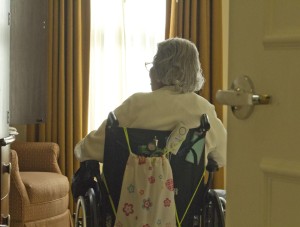 Across the country, state leaders are sounding the alarm about the growing influence of private equity in nursing homes and long term care. According to the Private Equity Stakeholder Project’s 2025 legislative tracker, this year marks a turning point in states’ efforts to scale back private equity’s footprint in the healthcare sector. From California to Massachusetts, lawmakers are beginning to recognize what families and advocates have been experiencing for years: when private equity buys nursing homes, patient care often suffers.
Across the country, state leaders are sounding the alarm about the growing influence of private equity in nursing homes and long term care. According to the Private Equity Stakeholder Project’s 2025 legislative tracker, this year marks a turning point in states’ efforts to scale back private equity’s footprint in the healthcare sector. From California to Massachusetts, lawmakers are beginning to recognize what families and advocates have been experiencing for years: when private equity buys nursing homes, patient care often suffers.
How Many Nursing Homes Are Owned by Private Equity
Researchers estimate that private equity firms now own roughly eleven percent of all nursing homes in the United States, representing more than one thousand five hundred facilities nationwide. Some studies place the number even higher when including complex ownership structures, management companies and affiliated real estate trusts used to mask true ownership.
 Southern California Nursing Home Abuse Lawyer Blog
Southern California Nursing Home Abuse Lawyer Blog








